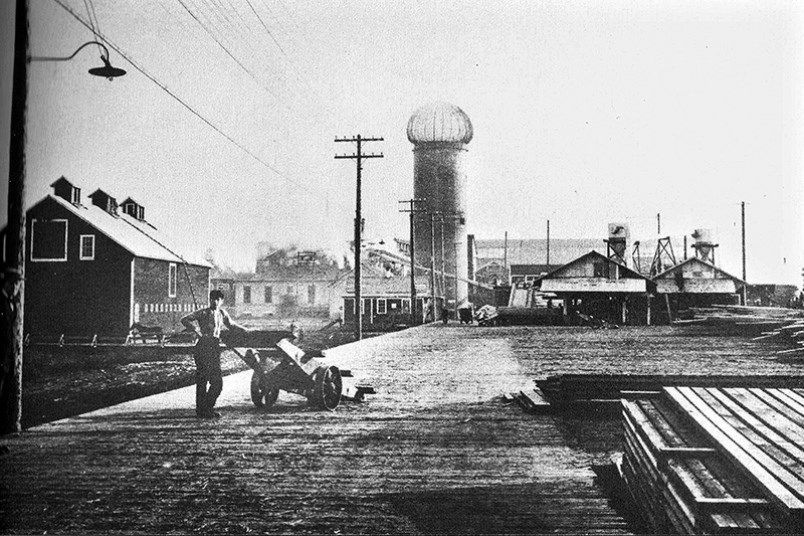Coquitlam embraces its rich multicultural makeup today but it didn’t always.
The 1910 workforce census recorded 877 labourers employed by the Canadian Western Lumber Company, which later became Fraser Mills. Among the workers enumerated were:
• 24 Chinese people;
• 15 Greeks;
• 66 Japanese;
• 5 Norwegians;
• and 172 “Hindus” — likely workers of South Asian origin.
The remainder of workers were French-Canadian, brought in from Quebec to replace the largely Asian workforce, a result of the anti-Asian sentiment prevalent in the early 1900s. The workers were likely paid according to race, as was the practice in those days, with different pay scales for “Chinese,” “Hindu” and “White.”
Little regard was given to the displaced Asian workers. Many were single men and while it is comforting to think they could have returned to their country of origin, that would have been expensive and unlikely. As well, many were born here, although the prejudices at the time did not identify them as Canadian.
What a difference 100 years makes. In the 2006 census, 41% of Coquitlam residents were foreign-born. Visible minorities included Chinese, 17%; Korean, 5%; South Asian and West Asian, a combined 3.7%; and Filipino, 2.7%.
Today, the city of Coquitlam has a Multicultural Strategy and Action Plan, approved in 2011, that was designed to make the city more inclusive, and Coquitlam residents take pride in the city’s many ethnic groups and celebrate their contributions.



